When your houseplant leaves turn brown, it can often feel like there isn’t much hope left for the plant. Your thoughts might immediately turn to the worst-case scenario and you may already be planning to say goodbye to your favorite green buddy. However, brown tips on plants can be just the plant’s way of telling you something isn’t right about its environment and that it needs a bit of a change, so don’t give up!
If you notice your indoor plant leaves turning brown, there are steps you can take before getting rid of the plant for good.
- Why are your houseplant’s leaves turning brown?
- The leaf has brown spots
- The tip of the leaf is brown
- The whole leaf is brown
- How to care for plants with browning leaves
- How to treat brown leaves due to overwatering
- How to treat brown leaves caused by pests and disease
- How to treat browning leaves due to old age
- Preventative measures to help your plant
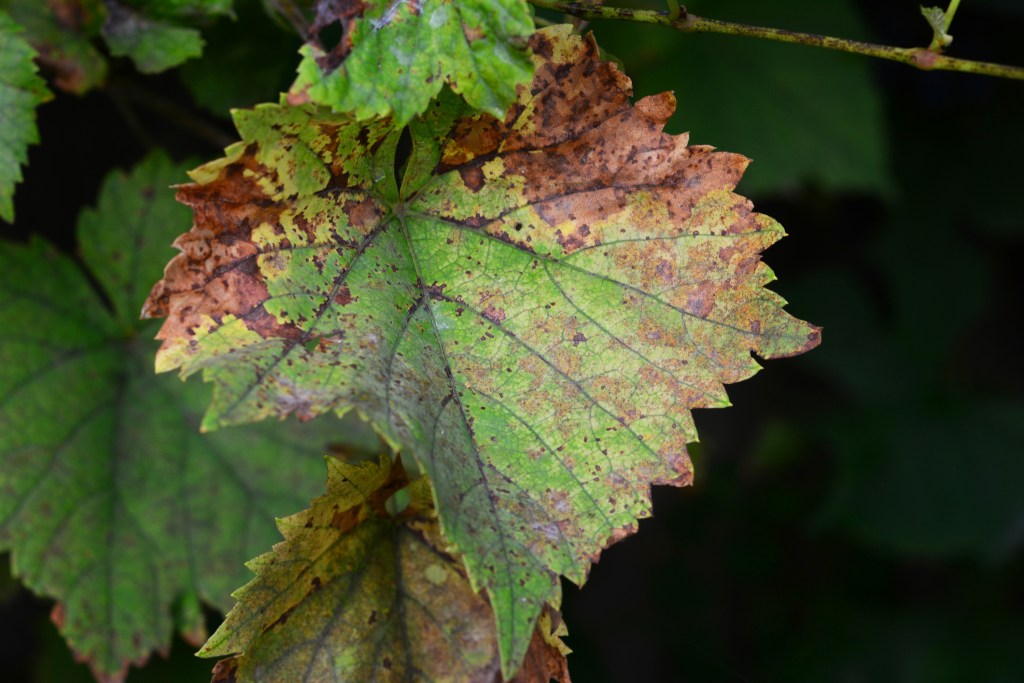
Why are your houseplant’s leaves turning brown?
First, you’ll need to identify why your plant's leaves are browning before you know which problem needs to be solved. There are many reasons why this happens, including transplant shock, inconsistent watering, the wrong type of lighting, pests, moving the plant, temperature shock, and even natural causes like age.
Each of these problems can present in different ways. In order to better identify what’s making your plant unhappy, you’ll want to pay attention to the browning pattern of the leaves.
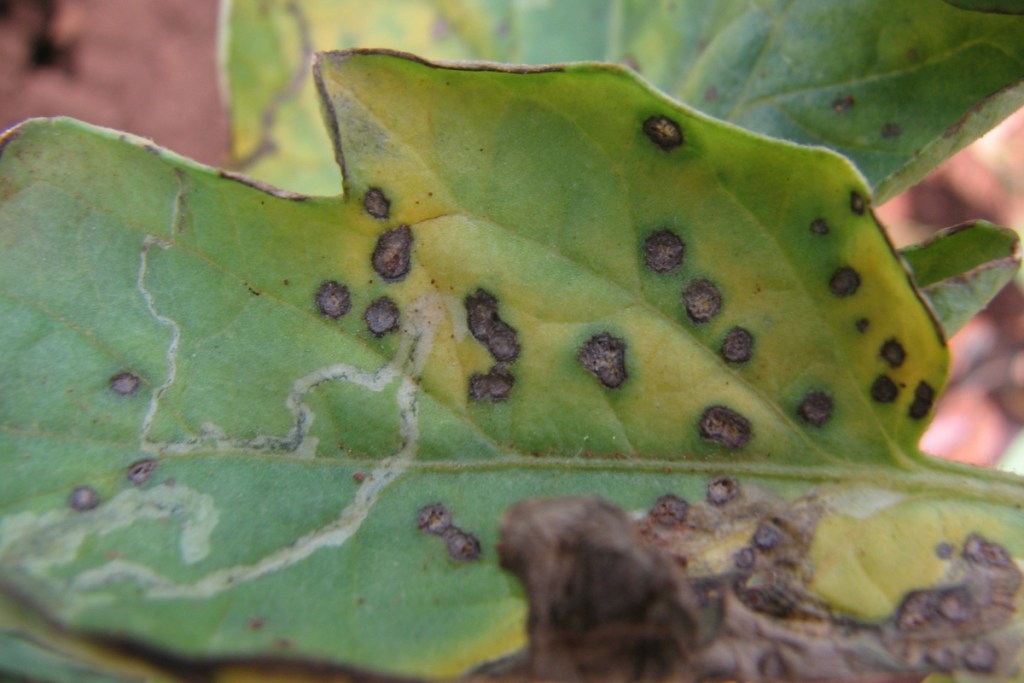
The leaf has brown spots
Brown spots on leaves can occur anywhere, not just on the edges or the middle. They’re often caused by some form of disease or pest infestation. These patches can begin as small circles and will grow over time. If left unchecked, the spots could consume the entire leaf.
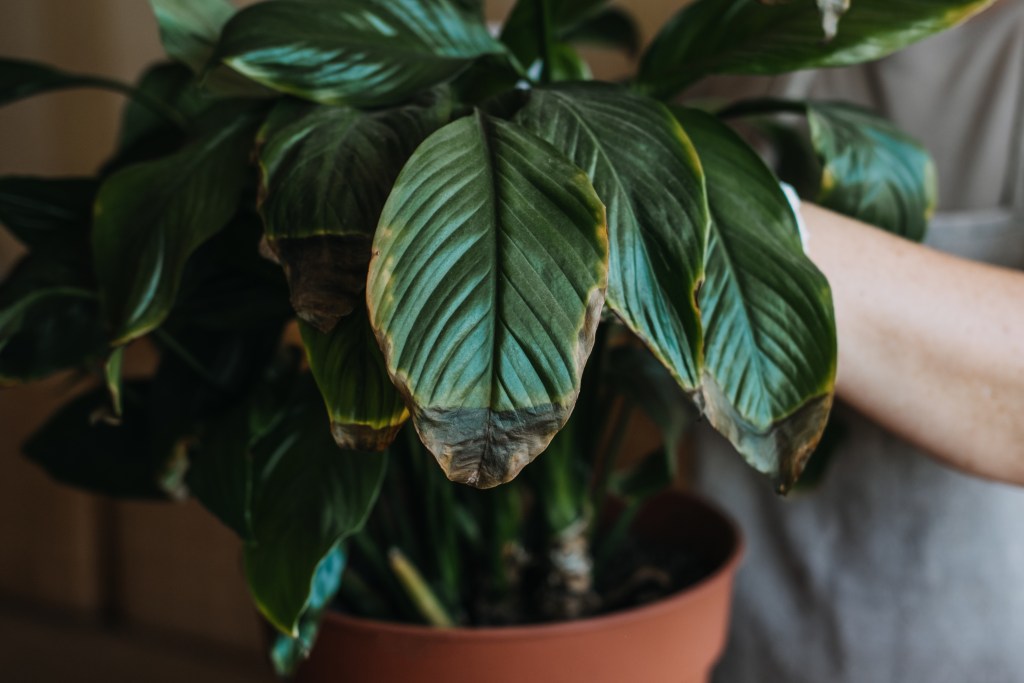
The tip of the leaf is brown
In this situation, you’ll notice the tips getting darker and drying out, possibly even falling off when you touch them. This is one of the most common problems indoor plants can have, so if this is happening to yours, you aren’t alone!
Often, browning tips are an indicator of inconsistent watering. Water is taken up through the roots of the plant, eventually reaching the tips of the leaves. When there isn’t enough water supplied to the leaves, the tips will start to turn brown and dry out.
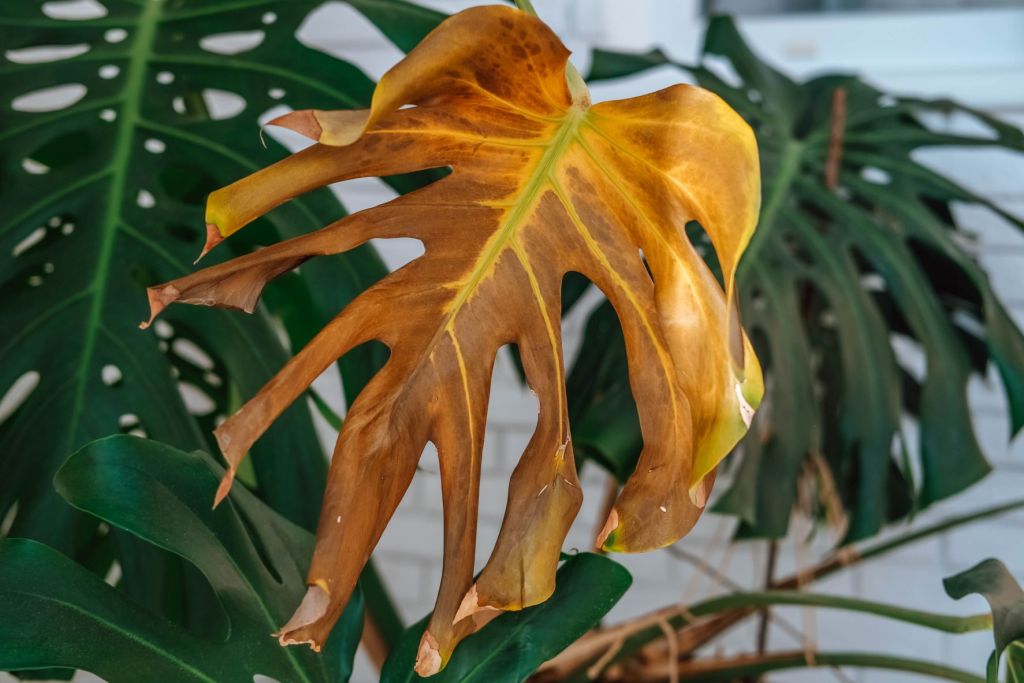
The whole leaf is brown
Occasionally, you’ll notice the entire leaves of one of your indoor plants turning yellow and then drying to a brown color before falling off. This is often not a problem related to care, but one related to the age of the leaf or the plant. A whole leaf turning brown is more common with lower leaves on the plant, as those are generally the oldest; however, it can happen anywhere on the plant.
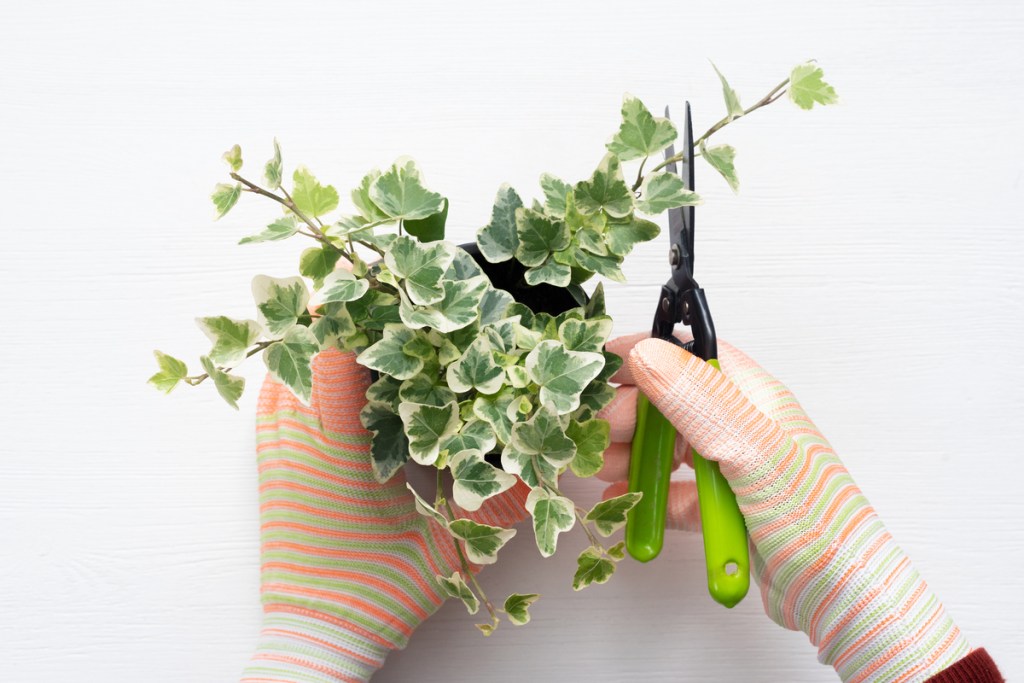
How to care for plants with browning leaves
Because browning leaves are usually caused by improper care, pests, or natural aging, the next steps you take will be dependent on the issue you’re trying to resolve. Be sure to research the natural/needed environmental conditions of every plant you bring into your home. Not all plants are the same, and you’ll see that some issues are resolved simply by moving the plant from an east-facing window to a south-facing window.
The most important thing you’ll do, regardless of the cause, is to remove the brown leaves. Once they’ve turned brown, they can’t be saved. By trimming them off, you’re allowing the plant to divert the energy it was spending on the dead or dying leaves to fresh leaves and new growth.
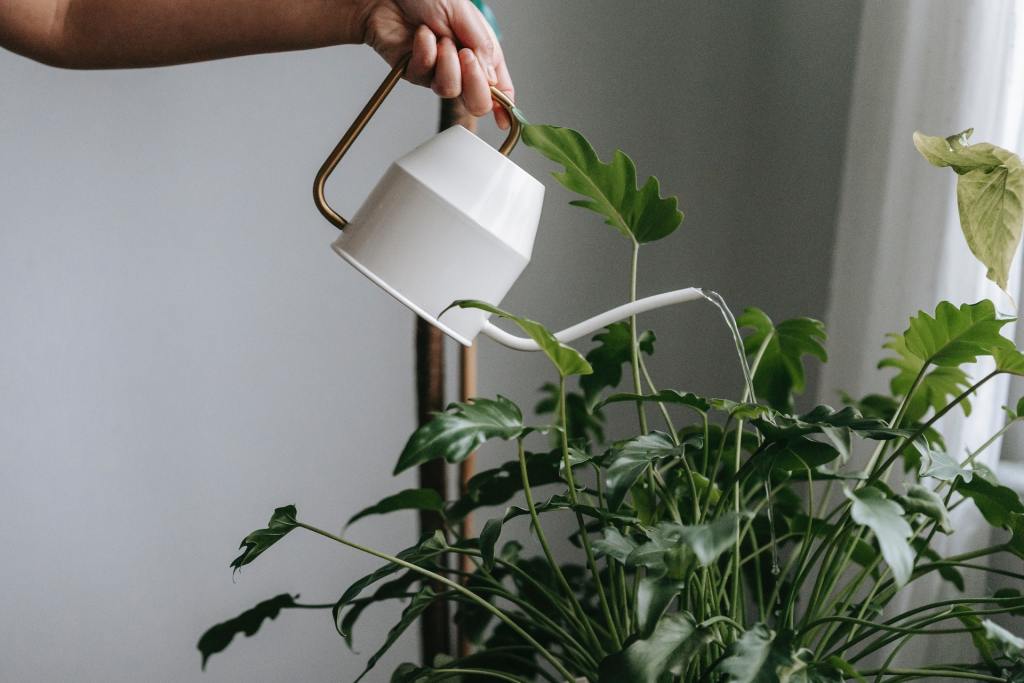
How to treat brown leaves due to overwatering
The best way to combat any plant damage caused by overwatering or underwatering is to research the amount each individual plant needs to be watered and follow that care as close as possible.
Step 1: Research how much water your plant needs and abide by that instead of having a set day of the week that you water.
Every plant is different, which is why having a set day where you water all your plants (although good in concept) can end up depriving a plant of what it actually needs.
Step 2: Check the moisture level in the soil with your index finger or use a moisture-reading tool before watering.
In colder months, you won’t need to water as often as warmer months, so checking the soil is a good indicator of when your plant is ready for another drink.
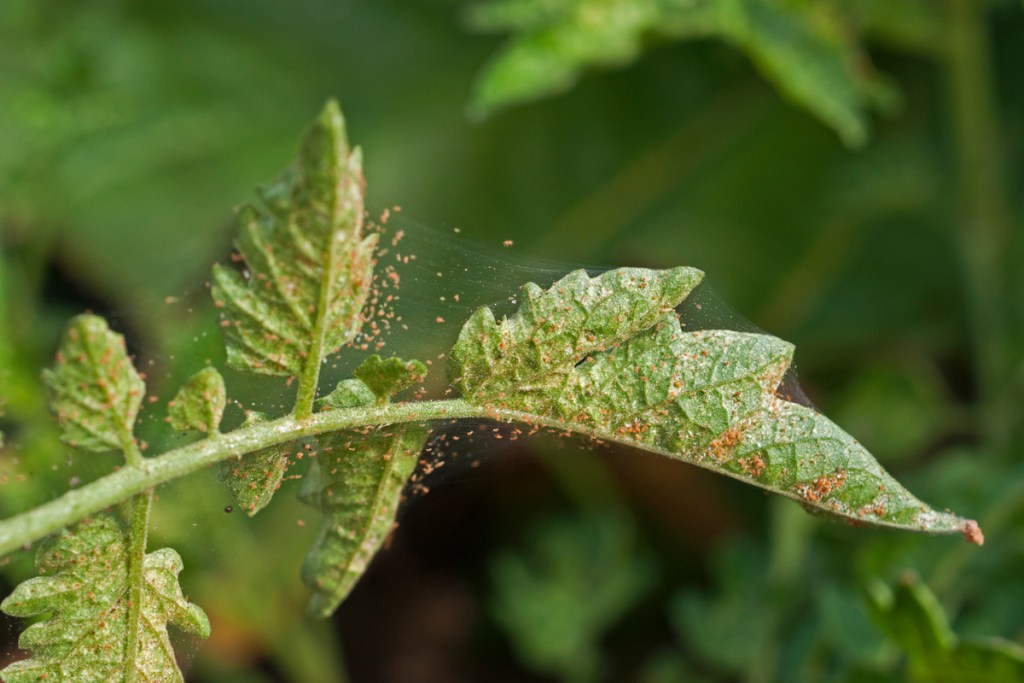
How to treat brown leaves caused by pests and disease
Pests and diseases are common sources of browning leaves.
Step 1: One of the most important things you can do is continuously check your plants and treat them as soon as you see something is wrong.
Just because they’re houseplants doesn’t mean they won’t suffer from a pest infestation. Some pests that can cause issues with your indoor plants include spider mites, mealybugs, and aphids.
Step 2: If you notice a pest infestation, treat with fungicide and/or insecticidal soap.
Step 3: Quarantine the affected plant to keep the pests from spreading to your other plants.

How to treat browning leaves due to old age
As far as aging plants go, there isn’t really any way to fix or prevent that natural process from happening. The only thing you can do is use sterilized scissors or pruning shears to remove the dead leaves and continue to provide your plant with the proper care so that it can provide energy to the living leaves.
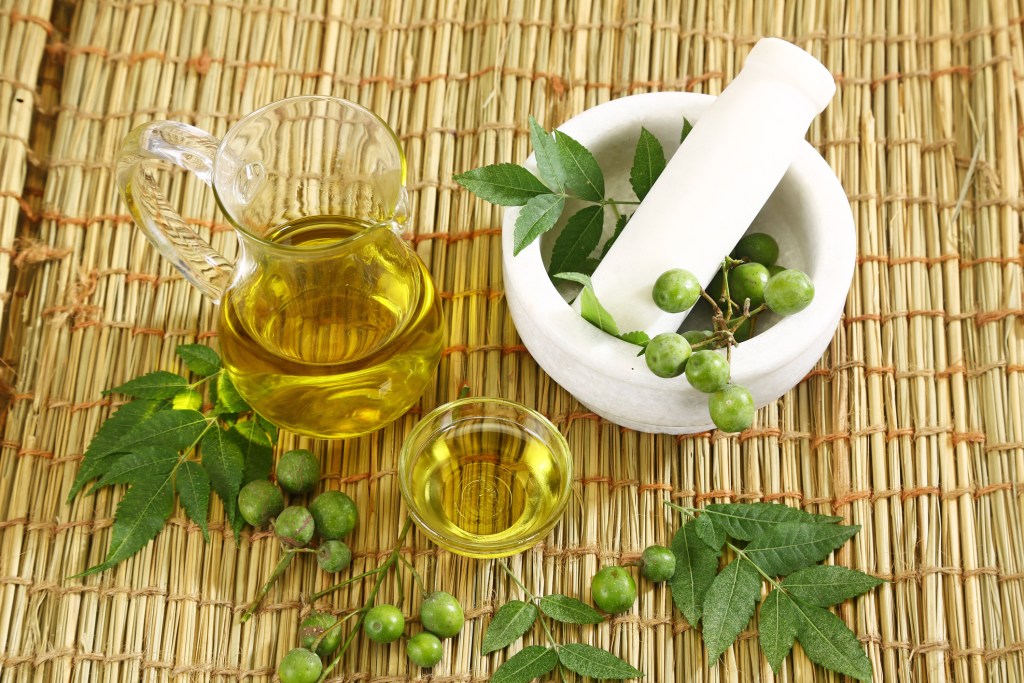
Preventative measures to help your plant
While you can't prevent every leaf from turning brown, there are some simple steps you can take to be prepared in case the leaves are going brown from aging.
Step 1: Keep some insecticidal soap or fungicide on hand so you’ll be prepared if a pest issue arises.
Step 2: Properly fertilize the plant to help provide it with proper nutrients.
Step 3: The best preventative measures you can take are research and proper care.
Researching each plant you have to make sure you know how much water and light it needs will be key for aiding in the longevity of your plants.
The next time you see a brown spot on your plant or a patch of wilting leaves, don’t despair; simply reach for this guide and, using our tips above, diagnose the problem for the betterment of your indoor garden and your home.
Editors' Recommendations
- Everything you need to know about trailing succulents care for lush, thick growth
- How to pick the perfect orchid pots for healthy blooms
- 4 creative ways to arrange succulent plants
- 5 easy-care spider plant varieties perfect for any home garden
- Your guide to rubber plant care and the best varieties to add to your home



